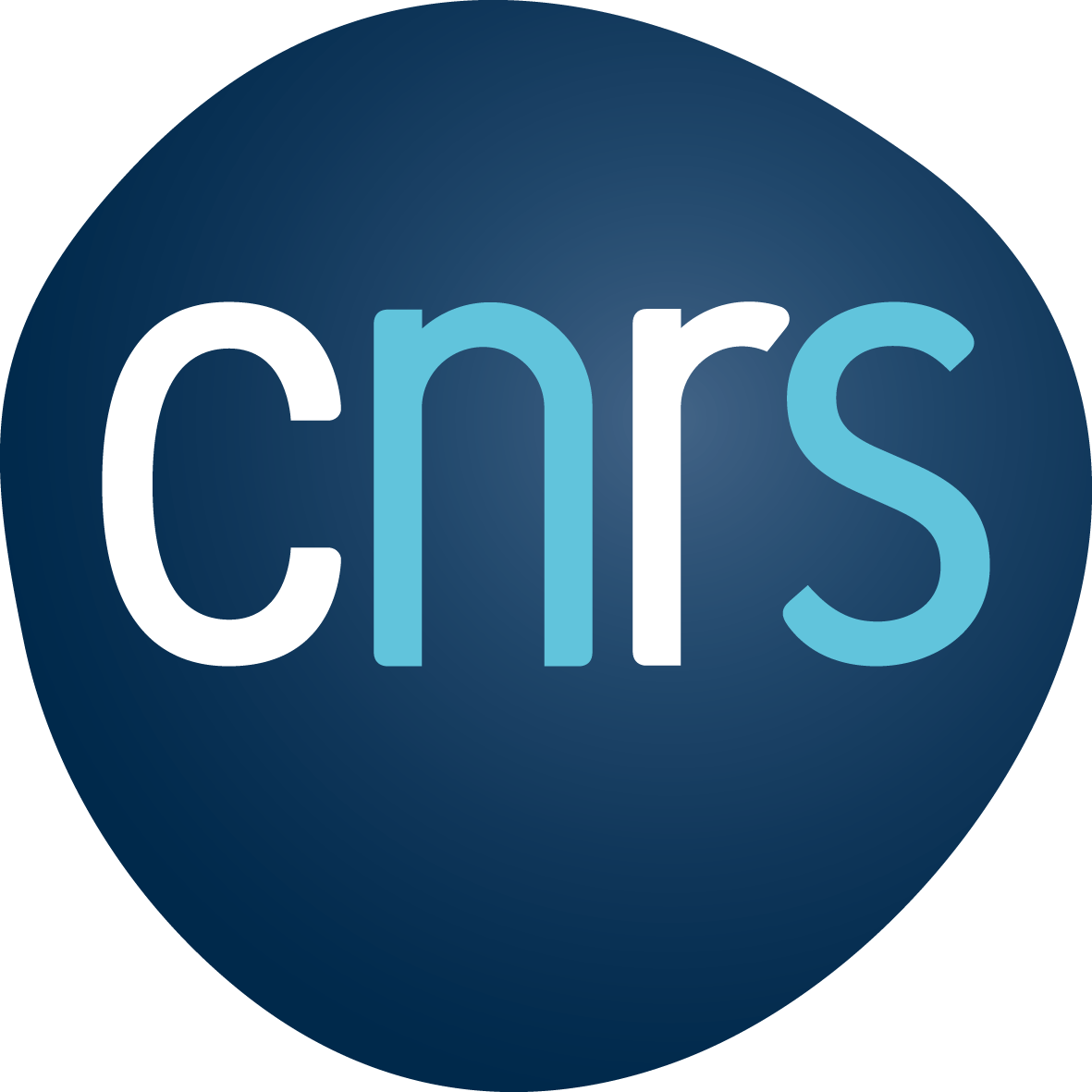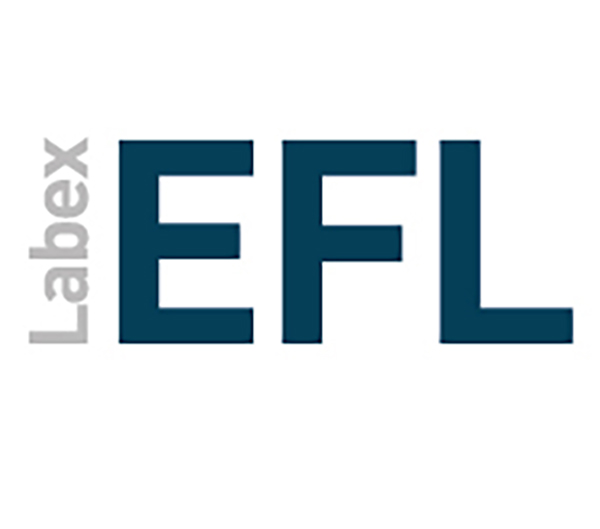LingLunch : Jeremy Kuhn
ODG – Salle du conseil (533)
Jeremy Kuhn (IJN)
Plurality and dependency: the view from sign language
Over the last twenty years, compositional puzzles involving plurals and dependency have motivated a wide variety of proposals that fundamentally change our understanding of semantic composition in natural language (e.g., Dynamic Plural Logic: van den Berg 1996; parasitic scope: Barker 2007). In this talk, I address these topics with new data from two sign languages---American Sign Language (ASL) and French Sign Language (LSF). The value of sign language to these debates arises from its visuospatial modality, in which the use of space plays an important semantic role, and in which iconicity is deeply and pervasively incorporated into the grammar. I argue that the data from sign language yields new insight into basic, architectural questions about plurality and dependency that cut across theoretical frameworks.
First, I consider cases of dependency in the nominal domain: dependent indefinites and the adjectives *same* and *different*, all of which depend on a plural or distributive licensor in order to be grammatical. I show that this relationship, indirect in spoken language, is strikingly visible in sign language through the use of space: in ASL, plurals are indicated by movement over an area of space; dependency is overtly represented by moving a dependent term over the same area. This overt representation of dependency, and the resulting expressive power that it provides the system, supports recent theories in which dependent terms are anaphoric to their licensors.
Second, I consider cases of plurality and dependency in the verbal domain. In LSF, reduplicating a verb in one of several ways communicates the meaning that a plurality of events occurred; I show that the set of meanings that can be communicated fit perfectly into a larger typology of pluractionality in spoken language. Additionally, however, I show that the LSF pattern is subject to an iconic mapping: the rate of reduplication is iconically mapped to the rate of event repetition. I propose a system in which both formal and iconic properties are built into a logical operator. Evidence for this integrated system comes from cases of 'scopable iconicity,' in which an iconic meaning can be evaluated at different structural positions.




